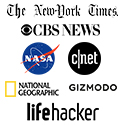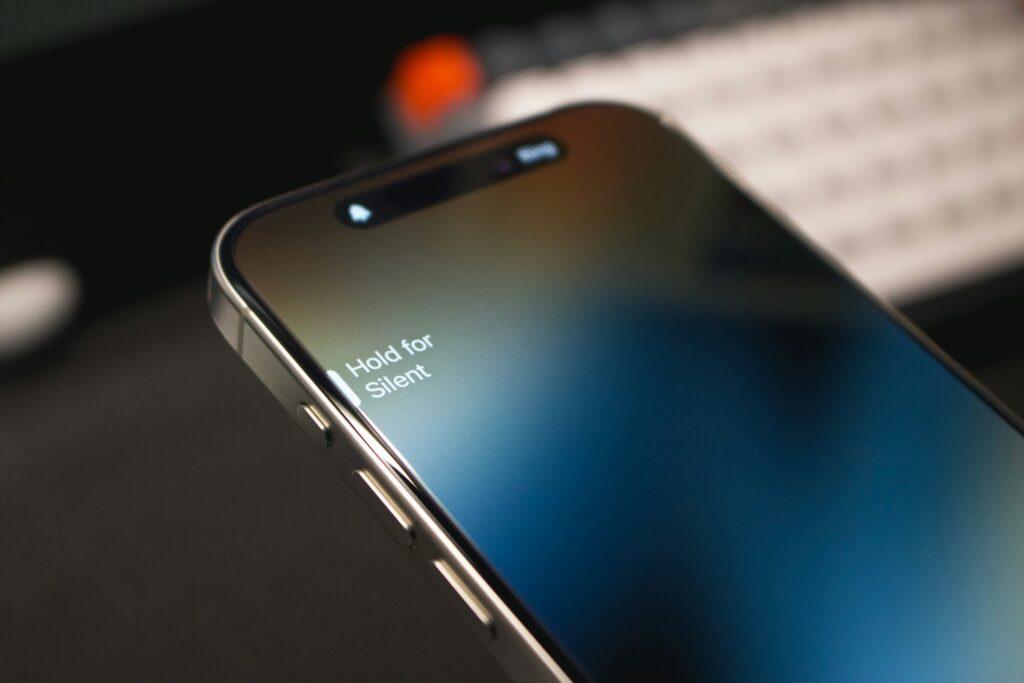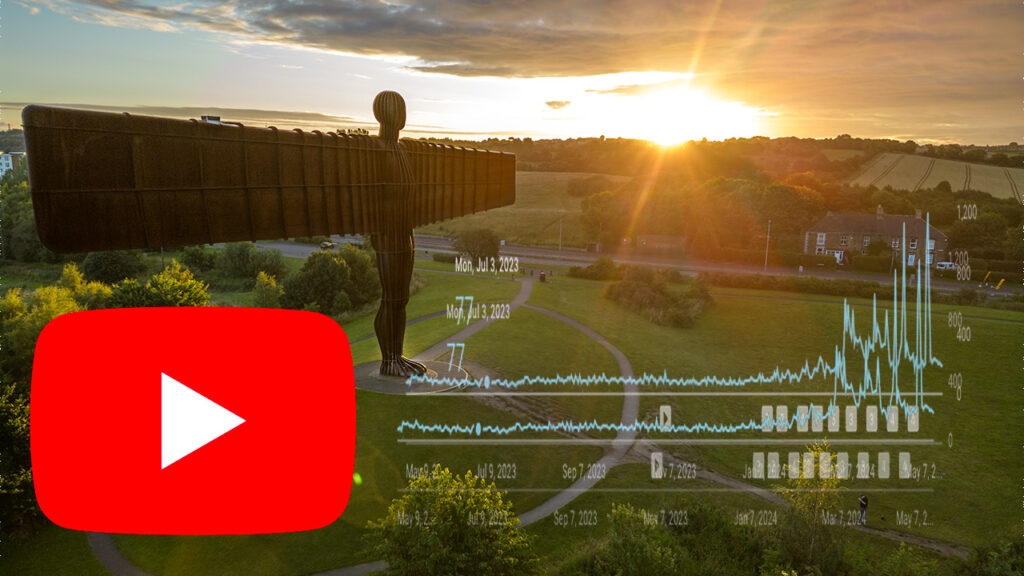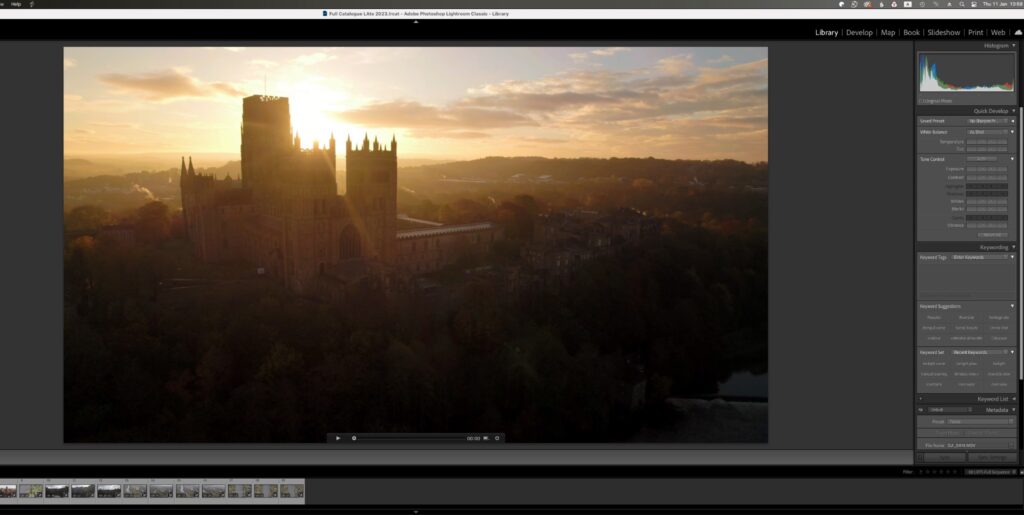I am a hybrid photographer, a photographer that shoots both stills and video. My main camera is the Sony a7RV and it is perfectly suited to my needs. It shoots 61mp stills and up to 8k video in 10 bit 422 colour.
I also have an iPhone 15 Pro. Its video capabilities are excellent, being able to capture 10bit 422 in Prores if using an external SSD. I also have a couple of drones, and a DJI Osmo Action, the original version. I find uses for all these cameras, so why on Earth would I want to add the DJI Pocket 3 to my camera bag? Let me explain.
A Gap In Capability
I shoot a lot of videos with the Sony a7RV. Much of this is shot either from a gimbal or from a locked off a tripod with a video head. Both of these are slow and cumbersome to set up and make shooting stills more difficult. Often when I am shooting video, I suddenly see a stills photo that I want to take.
To do this I need to either remove the Sony from the gimbal or maneuver the tripod and camera to the right location. It’s slow and there is often a good chance that I will miss the shot.

My workflow at the moment sees me dedicated myself to shooting either video or stills but not both at any given location. There are many times when I am out on a stills shoot, roaming a location when I yearn to shoot some video. However on a stills shoot I will not take the gimbal with me. That leaves me with the option of handheld video. Whilst Sony's IBIS is pretty good, I still feel that handheld video is not a great option for stock agencies. It will be rejected more often than not.
I also carry the DJI Osmo Action with me, but there are a lot of limitations. It is electronically stabilized, which often looks awful, has a small sensor and is now quite dated. It is primarily used as my vlogging camera.
The Other Gap In Capability
Since the beginning of the year, I have set myself a target to monetise my YouTube channel. The channel is focused on all things photography, stills, video, drones, editorials and more. There was an issue though.
I like to create my videos on location. Me and my camera in a pretty location talking about the photography subject of the day.
However, given my main camera will often be the subject of the video and the iphone was limited ergonomically, my choices were limited. Often, my script notes are on the phone making it tricky to use and shoot from simultaneously. The Osmo Action is very limited unless used as a fixed static camera. It’s not great for getting b-roll either of the location or the gear. Drones are great at tracking subjects and moving around but you really need a second person to operate them safely. So I needed something else.

Looking At The Options
What I was looking for was a compact, mechanically stabilized video camera with output quality good enough for stock agencies. It had to be lightweight, easy to set up and decent in low light. I narrowed the choice down to two options. My iPhone on a DJI/Zhiyn gimbal or the DJI Pocket 3.
I have used my iPhone with a gimbal for stock video on many occasions. The quality is decent in good light but drops off very quickly as the light fades. There is another drawback though. The iPhone is a portable computer on the go. I use it to navigate, check emails, post to social media and pay for things. None of these are easily done when it is attached to a gimbal.

I had followed the progress of DJI’s Pocket cameras from the release of the original. The DJI pocket cameras are effectively a small camera attached to a handle through a gimbal. They are small, mechanically stabilized and, at a push, can fit into your pocket.
They were interesting, but did not fit my needs. It seemed to be primarily aimed at vloggers shooting to camera pieces outside and for average quality b-roll footage for those vlogs. The Pocket 2 improved capabilities a little, but was still not really useful as a stock video camera.
Then about six months ago and to much hype, DJI released the Pocket 3. This stood out for a very good reason, the 1” sensor.Now in large camera terms a 1” sensor is not huge but compared to previous Pockets and to smartphones it was huge.
However there was another stand out feature. It also shot Log in 10 Bit colour. This is a big deal for videographers as it gives a lot more leeway when grading the footage in post. This was a pro level feature.

Was The Hype Realistic?
I rarely buy tech gear at first release. YouTube is full of creators that pump out “super psyched” videos on the launch day of pretty much anything that runs off batteries. The hype on the DJI Pocket 3 was immense, YouTubers extolling the many virtues and finding little wrong with the camera.
Six months later, you start to get videos with titles like “The Downsides Of The Pocket 3” It is these videos that I like to watch in combination with 6 months' reviews from established and well regarded filmmakers and photographers.
What I learnt from these videos was that much, but not all of the hype was real. The DJI Pocket 3 was a very capable camera, producing a superb video image that belies its size. It was a tool with some excellent features. There were issues, downsides of course, but none that I could see that would affect my use of the camera. So I bought one.

How Is It Working Out
So far, very good. I have had the Pocket 3 for a few months and have shot quite a bit of footage with it as well as a studio based, to camera YT video. The video quality is excellent and the range of features very good. I can shoot 4K up to 120fps, timelapses, ultra slow motion. It will track subjects, detect my face, both very useful for outdoor vlogging. It’s compact, has good battery life, connects easily to my Rode Wireless Go II mic system and provides me with an excellent range of gimbal moves.
It’s early days but so far it is living up to the hype.




